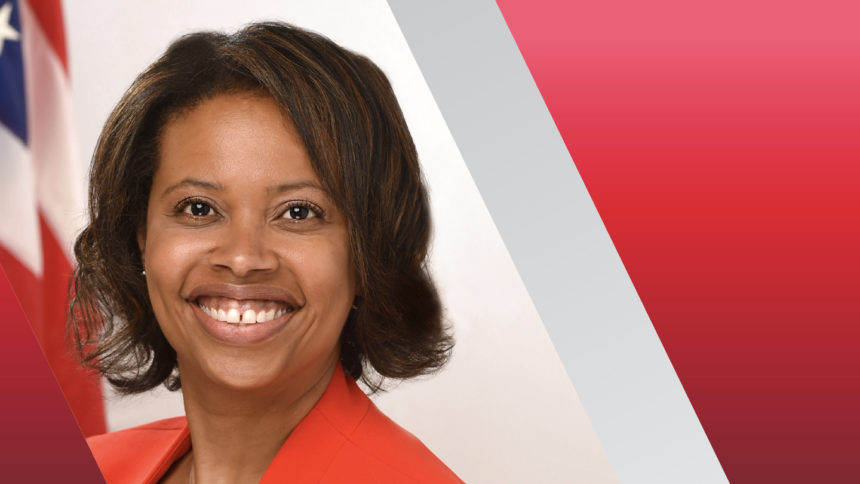
States should use their Medicaid authority to help drive better health outcomes among nursing home residents, the Centers for Medicare & Medicaid Services said in an informational bulletin issued Monday.
The agency’s Centers for Medicaid and CHIP Services said states should use already available tools to improve staff pay, training, and retention efforts. The bulletin, while encouraging state governments to do more to fund nursing homes and hold them accountable for quality care, does not impart any new requirements on states or providers.
CMS is urging states to tie Medicaid payments to quality measures that will improve resident care and safety and ensure nursing homes are adequately resourced and staffed. The bulletin directs states “as appropriate, to provide adequate, performance-driven nursing facility rates to ultimately achieve better health care outcomes and address longstanding inequities for Medicaid beneficiaries residing in nursing facilities.”
The agency said states can implement a number of initiatives “immediately” through the Medicaid state plan, waiver, or demonstration process.
“Medicaid enrollees residing in nursing homes will only experience better care through collaboration between states, CMS, providers, and other partners, and we look forward to working closely with them on this important effort,” said CMS Administrator Chiquita Brooks-LaSure. “We know that low wages for staff can contribute to frequent turnover and dangerous staffing shortages at nursing homes, so we encourage states to work with these facilities to find solutions for training and improving staffing.”
Medicaid moves may be key for staffing
The bulletin came on the same day that CMS posted a blog outlining more information about its nursing home minimum staffing study. Many providers have said they will need better state support to meet any additional staffing requirements imposed at a federal level.
“If CMS is going to actually issue a requirement, they have to be thoughtful about when it kicks in based upon the availability of workforce,” American Health Care Association / National Center for Assisted Living President and CEO Mark Parkinson told McKnight’s Long-Term Care News late last week. “They need to make sure it’s funded, and they need to provide waivers for buildings and markets where workers just aren’t available.
Today’s bulletin also urges CMCS to continue “to encourage states to ‘rebalance’ their LTSS systems to achieve a more equitable and person-centered balance between the share of spending and use of services and supports delivered in home and community-based settings relative to institutional care.
CMS highlighted efforts in California and Illinois specifically, which have acted to tie state Medicaid payments to quality outcomes. CMS encouraged other states to use any federal or state data at their disposal to improve and better target oversight of facilities.
Some states ahead on Medicaid initiatives
It pointed out that a number of states use the CMS Nursing Home Five-Star Quality Rating System as part of their calculation of bonus payments to nursing facilities. States may also develop incentives to encourage provider participation in Medicaid-specific quality improvement activities based on state-developed program goals.
The agency noted that it has already approved staffing incentives in various state Medicaid programs, including Connecticut, which gives a 2% rate increase to be used for increases to employee wages, salaries and benefits.
It also highlighted Rhode Island’s recently increased nursing facility rates “to support new minimum staffing and wage requirements.” Under its terms 80% of any base rate increase paid to a nursing facility must be dedicated to increase base salary or hourly wage increases, benefits, and other compensation for all eligible direct-care workers.
Providers have received key, and in some cases, historic boosts to their state payments this year. The 2022-2023 Pennsylvania budget includes a Medicaid raise of $35 per resident per day for nursing homes, when federal matching dollars were included.
“The tone [is] changing in a lot of states when it comes to Medicaid underfunding,” Sabra Healthcare CEO Rick Matros said during a recent earnings call. He noted that FMAP extensions and year-over-year increases in regular Medicaid rates were wide enough to provide a bump to 60% of Sabra’s SNF portfolio. He expected growing access issues would continue to put pressure on state lawmakers to fix long-term care while their budgets are in good shape.
But some states, most notably Texas, have gone many years without a non-COVID-related increase.




